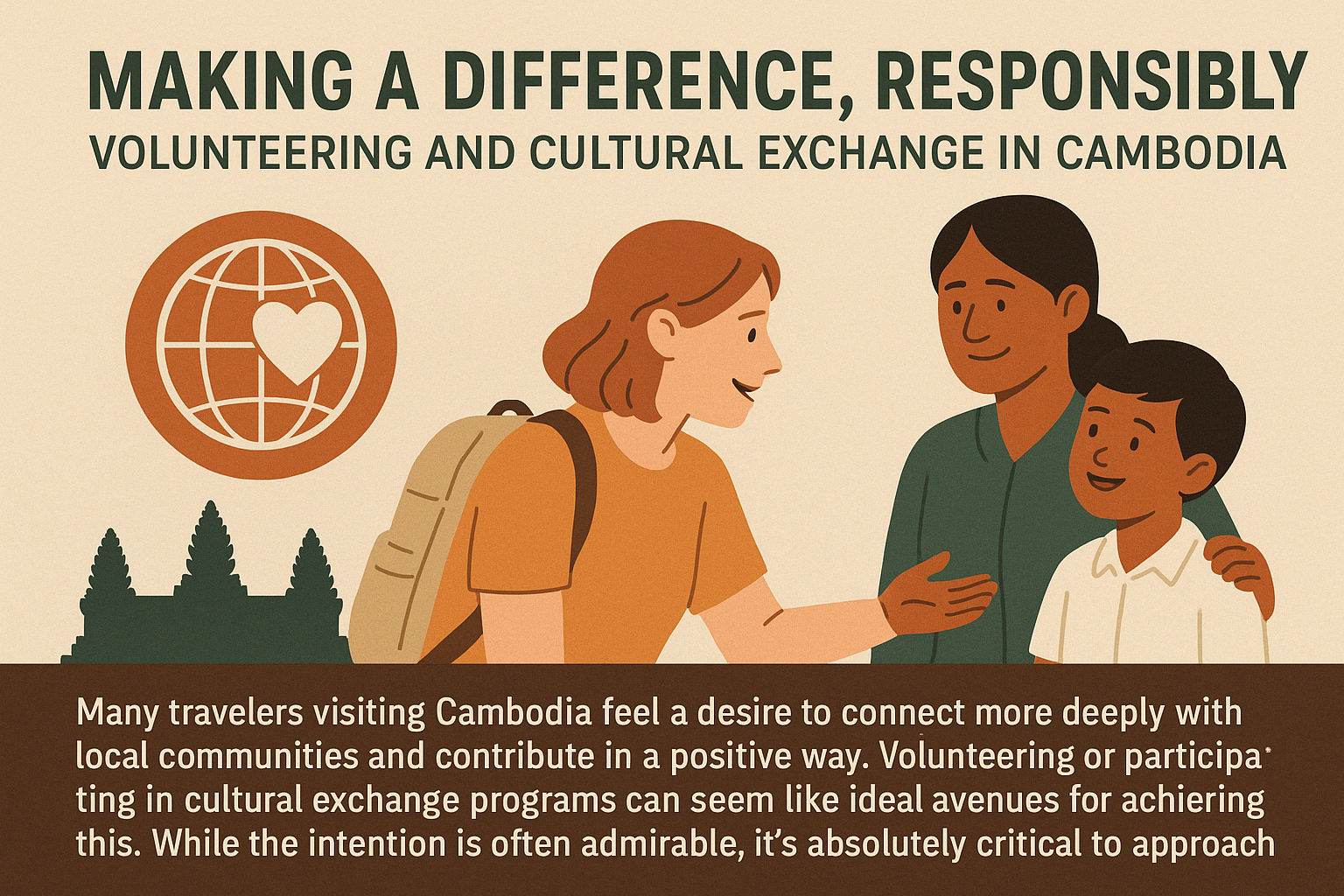The Asian elephant holds a place of profound significance in Cambodian culture and history. Revered for centuries as symbols of power, wisdom, and divinity, these magnificent creatures once played vital roles in royal pageantry, warfare, and heavy labour. Today, while their numbers have dwindled and their roles have changed, the elephant remains an important cultural icon, albeit one facing serious threats. Understanding their historical importance is key to appreciating modern conservation efforts and the push for ethical elephant tourism.
Echoes of Angkor: Elephants in Khmer History
The importance of elephants during the height of the Khmer Empire (9th-15th centuries) is vividly immortalized in stone at Angkor. The famous Terrace of the Elephants at Angkor Thom features life-sized carvings of elephants in procession, showcasing their role in royal parades and ceremonies. Historical accounts and bas-reliefs suggest elephants were crucial for:
- Royal Power and Prestige: Owning elephants, particularly auspicious white elephants, was a symbol of immense royal power and legitimacy. Kings rode elephants in grand processions.
- Warfare: War elephants served as formidable mobile platforms for archers and commanders in battle, projecting strength and intimidation.
- Heavy Labour: Their immense strength was likely utilized for hauling heavy stones during temple construction (though direct evidence is debated) and certainly for logging timber.
Elephants were deeply integrated into the fabric of the empire, representing strength, stability, and divine favour.
A Shrinking Kingdom: Conservation Challenges Today
Tragically, the status of Asian elephants in Cambodia today is precarious. They are listed as endangered, with wild populations drastically reduced and fragmented. Key threats include:
- Habitat Loss: Deforestation due to logging, agricultural expansion (rubber plantations, cassava farms), and infrastructure development destroys the forests elephants rely on for food and shelter.
- Human-Elephant Conflict (HEC): As habitats shrink, elephants increasingly come into contact with human settlements and farms, leading to crop raiding. This can result in retaliatory killings by farmers desperate to protect their livelihoods.
- Poaching: While large-scale ivory poaching may be less prevalent than in the past, elephants can still fall victim to snares set for other wildlife or be poached for meat or other body parts.
Major conservation efforts are underway, led by organizations like the Wildlife Conservation Society (WCS), World Wide Fund for Nature (WWF), Fauna & Flora International (FFI), alongside the Cambodian government’s Ministry of Environment and local community groups. These efforts focus on habitat protection (especially in the Cardamom Mountains and the Eastern Plains Landscape around Mondulkiri), mitigating HEC, anti-poaching patrols, and research.
Walking with Respect: Ethical Elephant Tourism
Tourism involving elephants has undergone a critical re-evaluation globally and within Cambodia. Practices that were once common are now widely recognized as harmful:
- Elephant Riding: This causes significant damage to elephants’ spines over time and often involves cruel training methods (historically known as phajaan or “the crush”) used to break the young elephant’s spirit.
- Performances: Training elephants to perform unnatural tricks (painting, playing instruments) often involves harsh discipline and is detrimental to their well-being.
Ethical elephant tourism prioritizes the animals’ welfare above entertainment. Key principles include:
- No Riding or Performances: Reputable sanctuaries do not offer these activities.
- Observation in Natural Settings: Focus is on observing elephants behaving naturally in large, enriched environments (often semi-wild).
- Supporting Rescued Elephants: Many ethical venues provide refuge for elephants previously used in logging, tourism, or begging.
- Education: Informing visitors about elephant behaviour, conservation issues, and ethical treatment.
- Community Involvement: Often working with local communities, including indigenous mahouts, providing alternative livelihoods.
Travelers seeking elephant encounters should thoroughly research venues, looking for internationally recognized certifications or adherence to high welfare standards. Places like the Elephant Valley Project (EVP) in Mondulkiri are often cited as leading examples of ethical practice in Cambodia.
Sacred Symbols: Elephants and Buddhist Beliefs
Elephants hold symbolic importance in Buddhism, the dominant religion in Cambodia:
- Auspiciousness: The white elephant is particularly sacred, famously appearing in the dream of Queen Maya before she gave birth to Prince Siddhartha, who became the Buddha. It symbolizes purity, royalty, and mental strength.
- Qualities: Elephants represent strength, steadfastness, wisdom, and patience – qualities valued on the path to enlightenment.
- Deities: The Hindu elephant-headed god Ganesha, remover of obstacles, is also known and respected in Cambodia due to historical Hindu influence. The Buddhist principle of ahimsa (non-harming) also encourages compassion and respect towards all living beings, including elephants.
Rituals and Reverence: Ceremonies and Festivals
While grand state ceremonies involving elephants are largely a thing of the past, reverence persists. Specific large-scale elephant festivals are not characteristic of modern mainstream Khmer culture. However, the deepest ongoing ceremonial connection exists within certain indigenous communities.
Keepers of the Giants: Indigenous Communities (Bunong)
As explored previously (Article 13.2), the Bunong people of Mondulkiri province have a unique, centuries-old relationship with elephants. Traditionally, they regarded elephants not just as animals but as intelligent members of the family and community, integrated into their animist spiritual beliefs and daily lives. While this traditional way of life, including the capture and care of elephants, is under immense pressure from deforestation and modernization, the Bunong retain deep knowledge and cultural connection. Some ethical tourism projects partner with Bunong communities, valuing their expertise while providing sustainable livelihoods centered on elephant welfare.
Conclusion
The elephant is a powerful and poignant symbol of Cambodia – representing the grandeur of its past, the fragility of its natural heritage, and the challenges of its present. While historically revered and utilized, wild elephants now fight for survival against habitat loss and conflict. Protecting these giants requires robust conservation action and a fundamental shift in how humans interact with them, particularly through tourism. By choosing ethical encounters that prioritize welfare over entertainment and supporting conservation initiatives, we can help ensure that these magnificent animals remain a living part of Cambodia’s landscape and cultural soul for generations to come.


